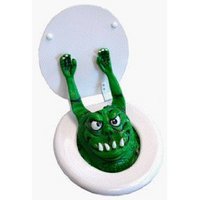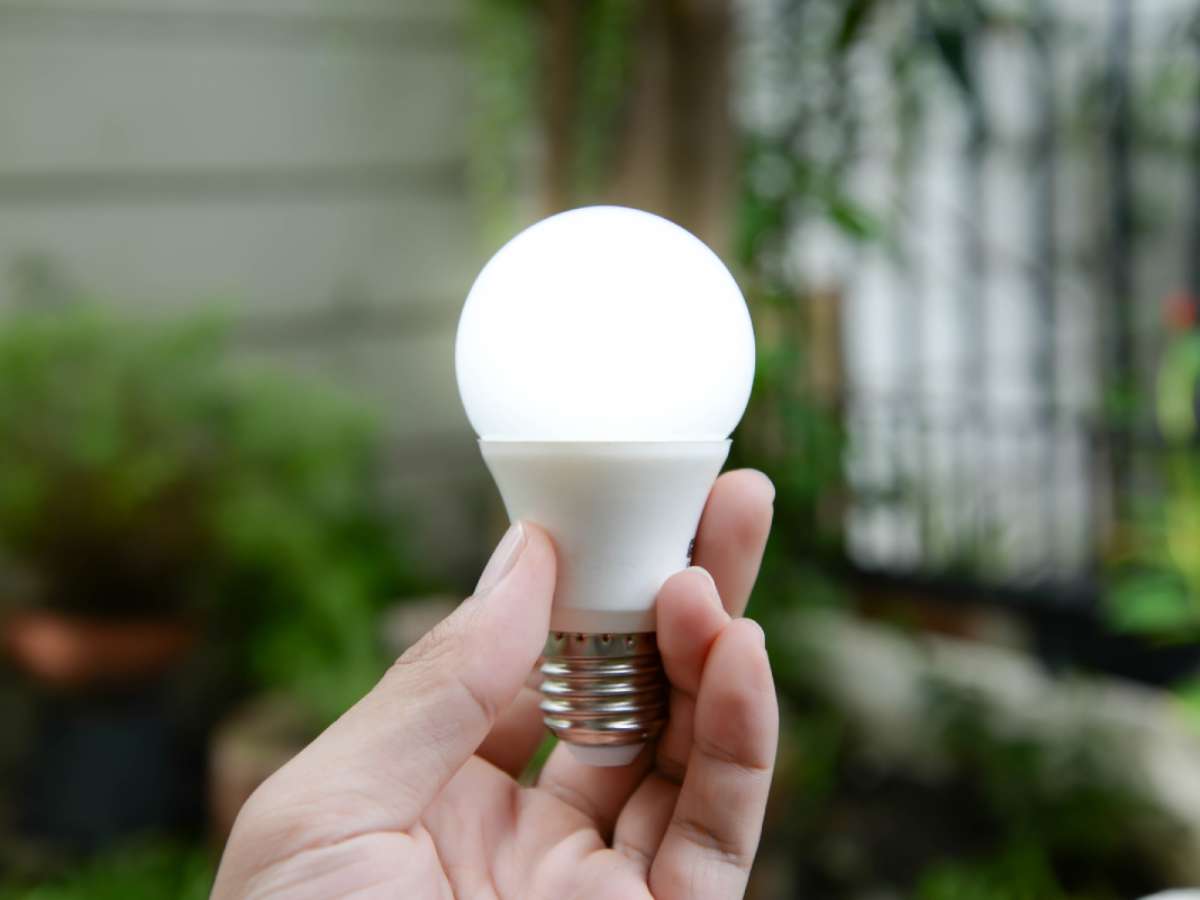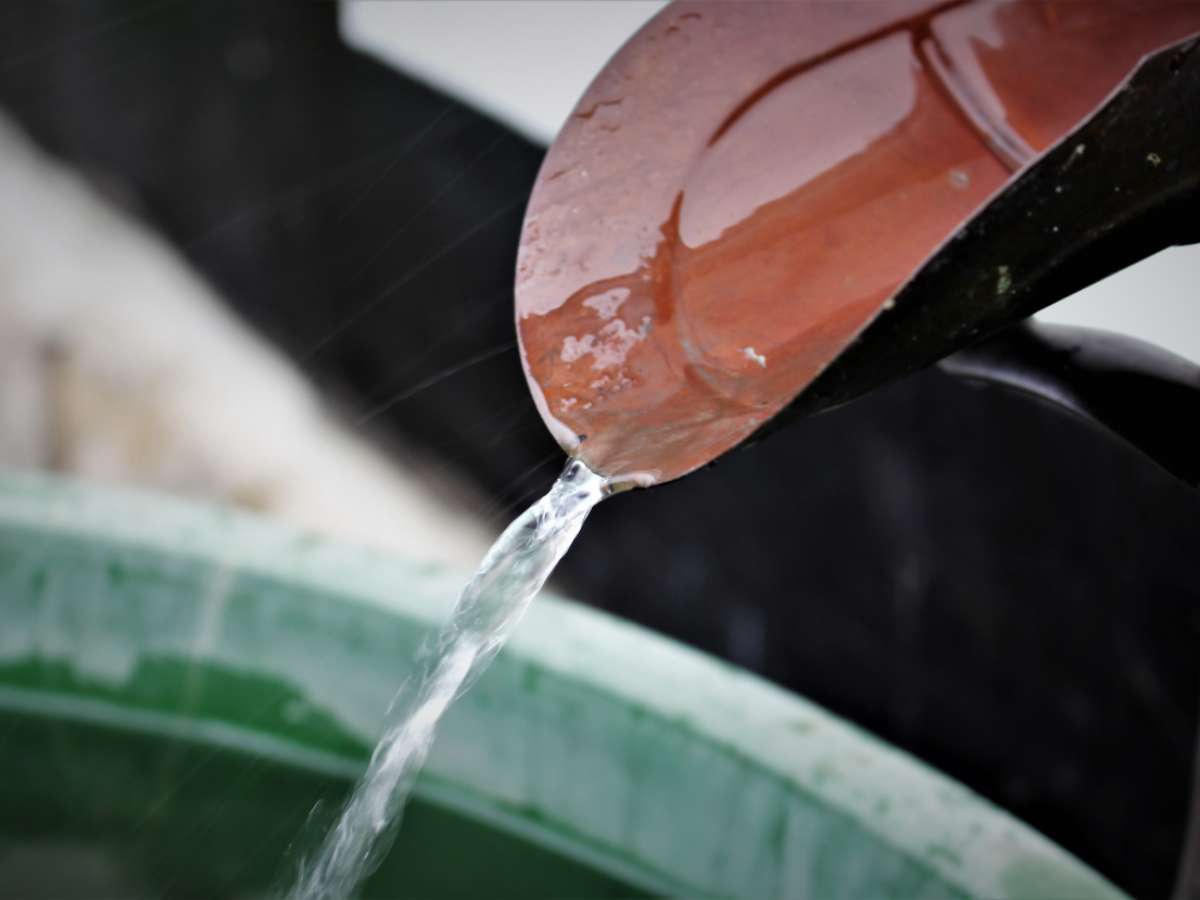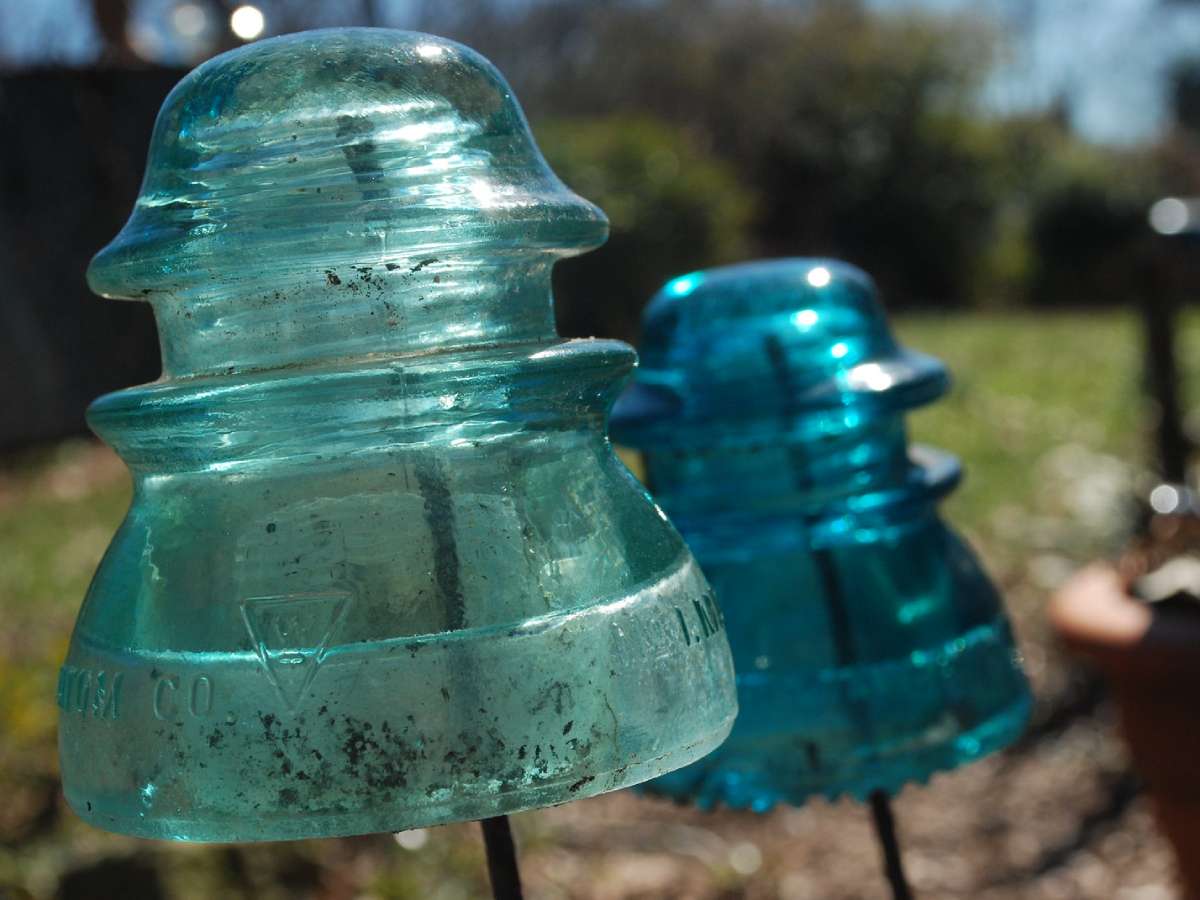 If you’ve ever really paid attention to what a bottle of laundry detergent or window cleaner costs, then you know that overall consumers are spending big money for cleaning products these days.
If you’ve ever really paid attention to what a bottle of laundry detergent or window cleaner costs, then you know that overall consumers are spending big money for cleaning products these days.
Greening your cleaning habits is an awesome step, but what if you could make your own cleaning products for pennies, rather than purchasing over-the-top priced cleaning items?
As if saving money isn’t enough to make you stand up and take notice, how about this:
Making your own cleaning products from natural products you may already have around your home is uber environmentally friendly!
That’s right, making your own cleaning products can save you money and be part of your plan to live a greener lifestyle. What’s more, they actually work!
Eco-Friendly Cleaning Hacks
Here are some of the best natural product solutions for 6 common household cleaning problems:
#1 – A moldy shower curtain
 Most of us just go and buy a new one when our shower curtain gets moldy. After all they’re cheap, right?
Most of us just go and buy a new one when our shower curtain gets moldy. After all they’re cheap, right?
Well, yeah they are, but they’re also plastic and if you are someone who is trying to live a lifestyle that is more environmentally friendly then throwing away a large piece of plastic that will never break down in the landfill it winds up in once every few months isn’t going to accomplish that goal.
Instead, pour some white vinegar (not the apple cider kind) into a new spray bottle and spray your shower curtain down after you use the shower. White vinegar kills 99% of all bacteria and stops mold in its tracks!
TIP: If you already have visible mold, you can let the vinegar sit for a while and then wipe the curtain down with a damp sponge. If it’s really bad, then clean it in the washing machine.
If you spray your shower curtain daily with this, you will never again have a moldy shower curtain. You will save money on purchasing a new one, and you will be helping the environment by not using a chemical based cleaner and not throwing your shower curtain away every couple of months.
#2 – A dirt and soap scum encrusted bathtub
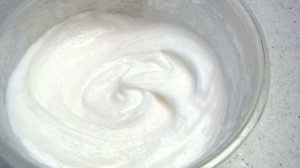 If you’re like me, you hate cleaning the bathtub. In fact, I’ve been known to wait until the last possible minute when it comes to this chore.
If you’re like me, you hate cleaning the bathtub. In fact, I’ve been known to wait until the last possible minute when it comes to this chore.
Invariably, in the past, I’ve found myself bent over the tub with a scrubber and a bottle of Soft Scrub with bleach scrubbing until the bleach makes my eyes water and my hands dry out. This is not a pretty picture, let me tell you! I got so tired of it, that I began looking into natural alternatives that wouldn’t irritate my eyes and skin so much.
What I discovered was baking soda.
Baking soda is a great abrasive cleanser in addition to being fantastic for getting rid of odors… including those in the bathroom.
If you mix 1/2 cup of baking soda with just enough liquid detergent to make a goopy paste, then you’ve got the right idea. You can coat your tub with the mixture and scrub it with your scrubber or a sponge, then rinse with water.
TIP: If your tub is especially dirty, you can use baking soda right out of the box first and a scrubber to get the worst of the crud off before using the baking soda mixture. Or try this natural homemade Soft Scrub mixture.
#3 – Mold in the toilet
Because I live in the Pacific Northwest where it rains about 9 months out of the year (and sometimes more), the damp climate causes my toilet to get a ring of black mold inside it.
This mold can appear both in the bowl and under the lip, and it makes for a very nasty cleaning job.
As with my bathtub, I used to use a bleach based cleanser to clean my toilet. Now I use white vinegar straight out of the bottle.
I pour about a cup of white vinegar into the toilet bowl let it sit for about 10-15 minutes. Then wipe it off with a sponge.
Next, reusing the same spray bottle of white vinegar that I used on my shower curtain, I spray under the lip of the toilet and around the outside of the toilet to kill any mold and bacteria there.
TIP: Wiping it all down with a damp, biodegradable sponge from Twist a few minutes later is a piece of cake and is just as effective as those bleach cleansers I used to use.
#4 – A dirty cutting board or chopping block
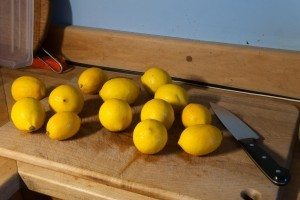 Many people use wood cutting boards and chopping blocks to protect their kitchen counters from knife cuts.
Many people use wood cutting boards and chopping blocks to protect their kitchen counters from knife cuts.
While it is better to use a glass cutting board since knives have a way of putting grooves in a wood one, there is something you can do to protect yourself and your family from bacteria that might be trapped in the wood’s surface.
While not everyone keeps lemons on hand, they are still very easy to obtain.
One way to kill the bacteria on your cutting board is to cut a lemon in half and rub it all over the cutting surface. The acid in the lemon juice will kill any bacteria on the board on the spot!
TIP: For a really stinky cutting board, squeeze lemon juice onto the board and let it sit awhile before wiping it off with a damp sponge.
#5 – Carpet stains
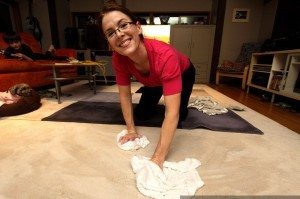 I have very light colored carpeting in my apartment, and let me tell you it picks up everything! If you so much as walk in a bit of dust and then come into the apartment, it is immediately noticeable on my rugs.
I have very light colored carpeting in my apartment, and let me tell you it picks up everything! If you so much as walk in a bit of dust and then come into the apartment, it is immediately noticeable on my rugs.
Purchasing a commercial carpet cleaner to always have on hand to clean my carpets every time my niece spills her milk — or my husband tracks a bit of mud in — gets to be pretty irritating.
If you’ve ever read the labels on commercial carpet cleaners, most of them suggest that you don’t get them on your skin, and if you have prolonged exposure to call the Poison Control Center.
This is pretty scary stuff when you think about it. If carpet cleaner is so toxic that you shouldn’t have it on your skin then maybe you don’t want it around your home. Just reading one of those labels was enough to make me want to find a better way.
Well, guess what?… It’s white vinegar to the rescue again!
In this case, you need to put equal parts white vinegar and water into a spray bottle, shake it to mix the 2 ingredients, spray it on the stain, and wait for 10 or 15 minutes. The next step is to take warm soapy water and a brush or sponge and clean the stained area. In most cases this will remove the stain.
TIP: Here’s a video that shows how quick and easy it is to remove carpet stains using white vinegar.
#6 – Nasty household odors
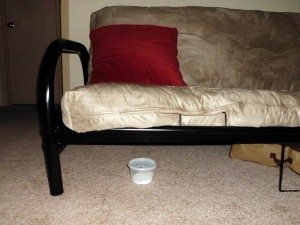 Nasty household odors can be a real problem. They can range from cooking odors to mold odors, the sort of musty trapped air odors that happen in the winter when you can’t open windows.
Nasty household odors can be a real problem. They can range from cooking odors to mold odors, the sort of musty trapped air odors that happen in the winter when you can’t open windows.
In fact, indoor air pollution is thought to be 2 to 5 times more polluted than the air outdoors!
Many people choose to use air fresheners to take care of this problem. However:
- All air fresheners do is mask odors; they don’t eliminate them.
- Most air fresheners contain endocrine system disruptors that mimic estrogen and other hormones. Yikes!
- Air fresheners also coat the inside of your nasal passages causing your sense of smell to be deadened.
Not a good thing all around.
Here are 4 natural air fresheners that you can use that cost pennies and work much more effectively than commercial air fresheners:
- Baking soda – Put small dishes of baking soda unobtrusively around your home to eliminate bad odors. Or make your own household deodorizing disks using baking soda, water, and essential oils.
- White vinegar – Eliminate cooking odors by placing a small bowl filled with white vinegar on the stovetop while you are cooking. Or, in a small pot, combine 1/2 cup of white vinegar and 1 cup of water and boil it on the stove at the same time you are cooking.
- Cinnamon – Another kitchen odors solution is simmering water and cinnamon on your stove to create an all-natural aromatherapy blend.
- Houseplants – Plants give off fresh oxygen and breathe carbon dioxide — which helps to eliminate odors in your home. Here are the top 19 houseplants that remove odors — yes, even lingering cigar and cigarette odors.
Our Final Green Cleaning Tips
These are just a few things you can do with common items that you have around your home to clean your home, help the environment and save money on cleaning products as well.
A word of caution though:
Careless mixing can also be hazardous. For example, bleach mixed with ammonia produces dangerous chloramine gas. Bleach mixed with acids (including mere vinegar, which contains acetic acid) can produce chlorine gas, used in the trenches in World War I. Source
So, be very careful and know what it is that you are mixing when putting together natural ingredients to make cleaning products, or if you are just starting out and have been using commercial products that may have left a reside behind.
What are some of your favorite eco-friendly cleaning hacks?
If you’d like even more green cleaning ideas, check out these tips:
- How To Make Your Own Non-Toxic Cleaning Kit
- 7th Generation Cleaning Products
- 8 Tips For Green Cleaning
- Handbook Of Eco-Friendly Cleaning Products
My favorite things to write about are topics that have to do with weather, pregnancy, weddings, saving money, living green, and my life with dogs. When I’m not writing, I love to spend time with my husband, read, create 3D artwork and Native American beadwork.

